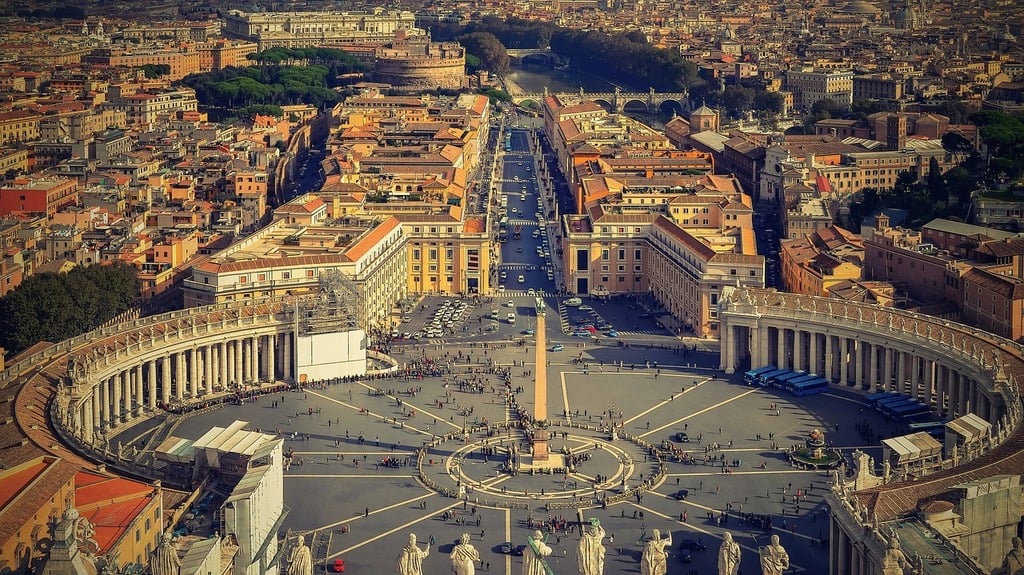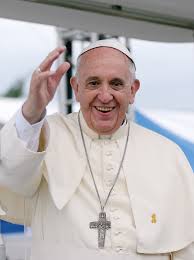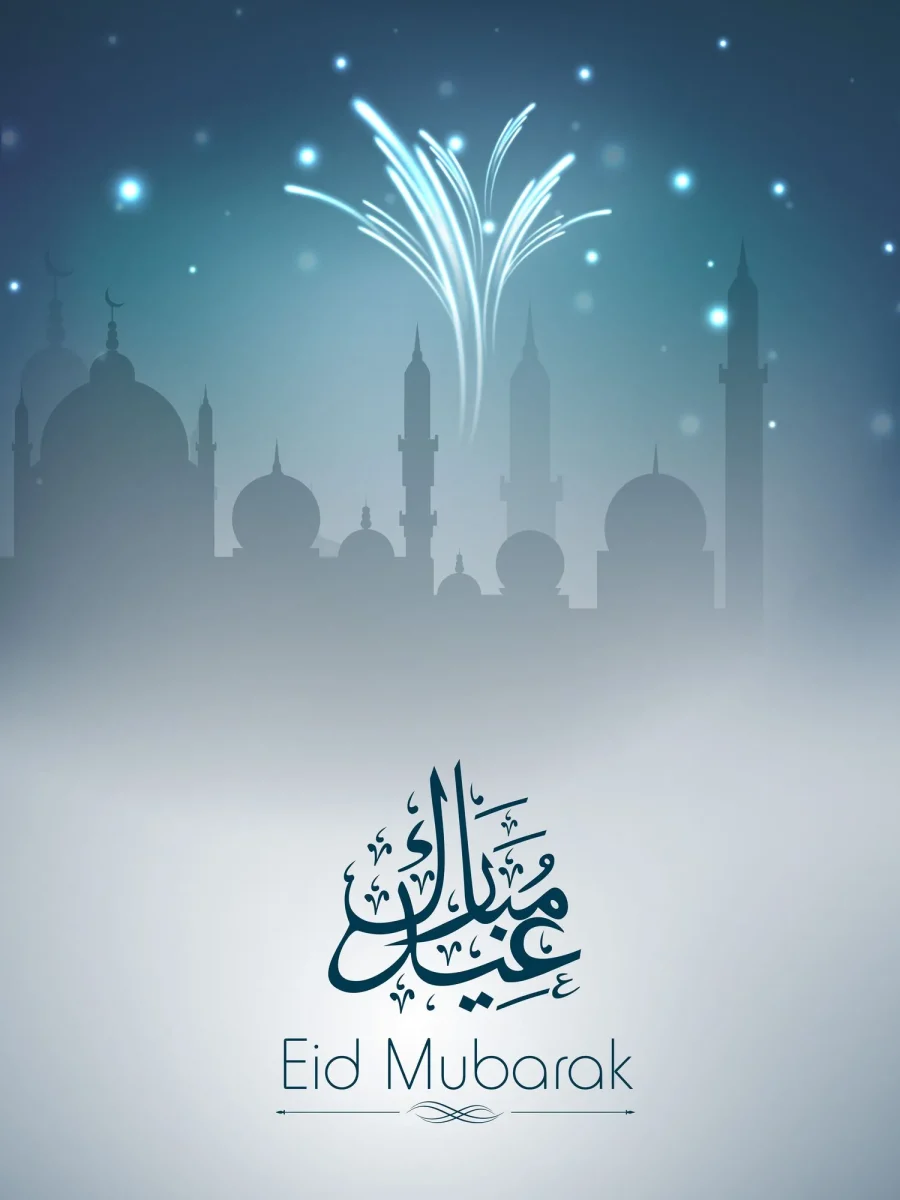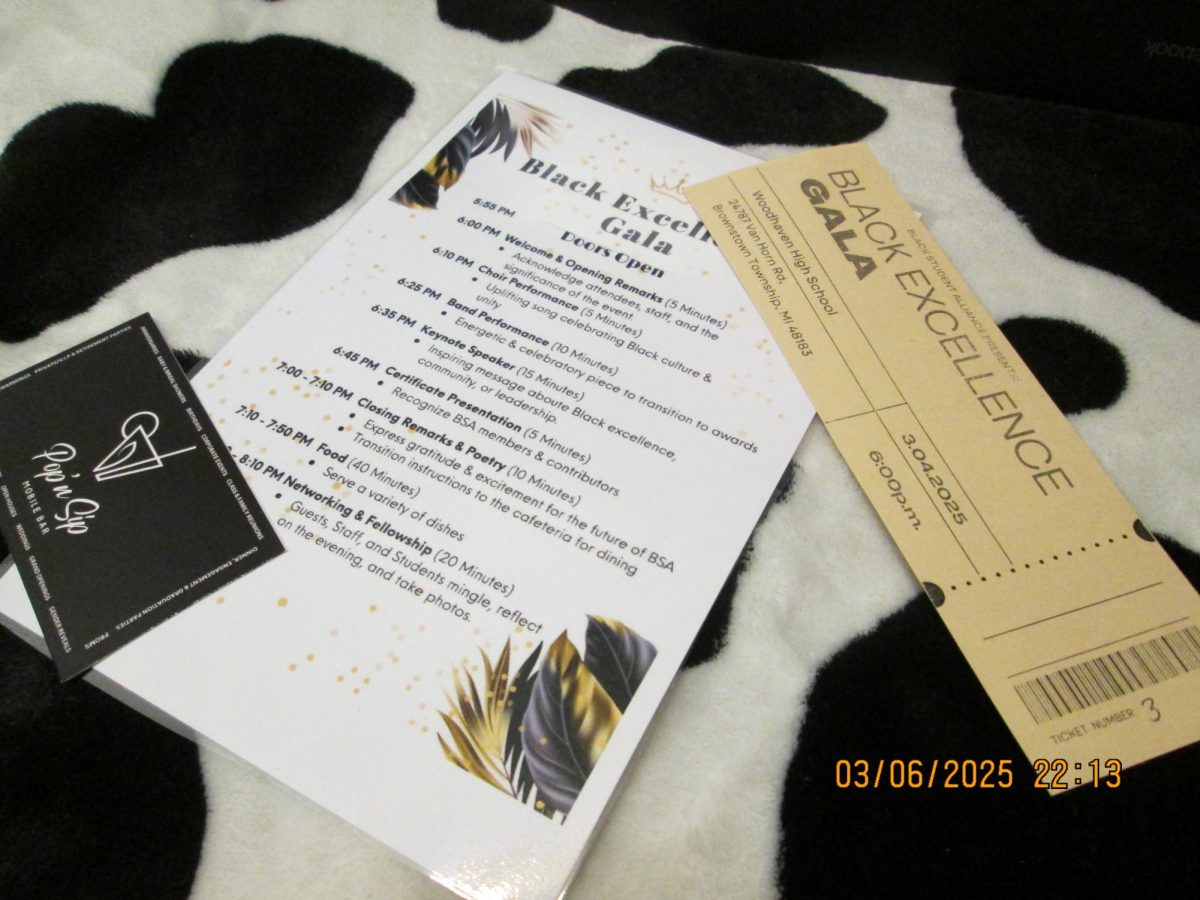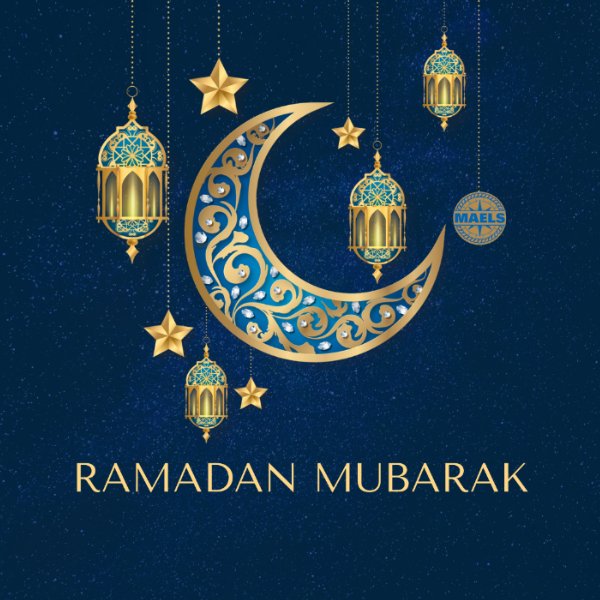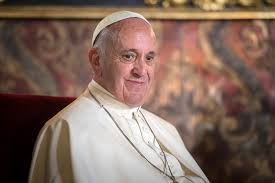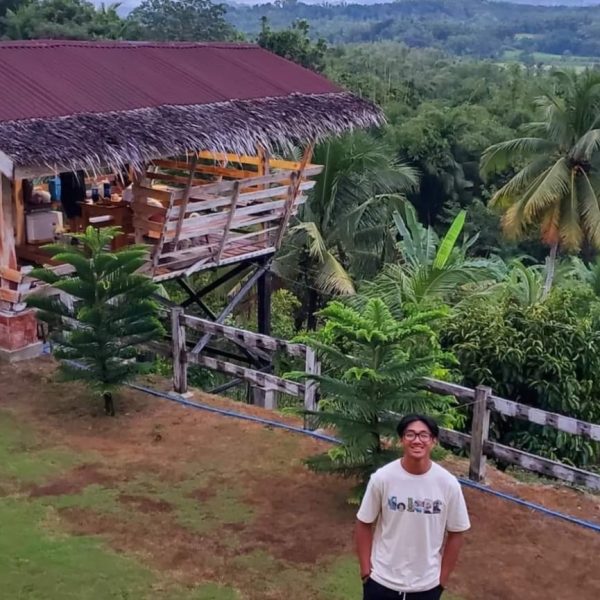The papal conclave begins on May 7, a traditional, centuries-old electoral process that decides on the next Pope. This comes after Pope Francis passed away on 21 April 2025, after dealing with health issues since March of last year.
In light of Pope Francis’ passing, candidates for the pope’s vacant spot include Pietro Parolin, Luis Antonio Tagle, Peter Erdo, Mario Grech, and others.
Tagle, the current betting favorite, is a strong candidate to continue Pope Francis’s progressive agenda. Like Francis, Tagle is known for his ability to connect with the poor, his call for action against climate change, and his criticism of the “harsh” treatment that some Catholics put on gay people, divorced people, and unwed mothers. Along with his similarities to Pope Francis, Tagle’s Asian heritage makes him a good choice. Pope Francis, from Argentina, was the only pope to be elected outside of Europe in the modern era.
For Parolin, his experience in the Vatican sets him apart from fellow candidates. He has had the role as the Vatican’s Secretary of State since 2013, and has played a major role in diplomatic affairs, including negotiations with Chinese and Middle Eastern governments. While his viewpoint is much different from Pope Francis’s, his deep ties to Vatican bureaucracy make him a strong candidate for the papacy.
Candidates aside, the process to elect a pope has gone through many reforms. In 1059, the body of electors was more precisely defined when the college of cardinals was designated as the sole body of electors.
The first formal papal conclave took place in 1271, which ended in the election of Pope Gregory X. Three years later, Pope Gregory X made a decree that cardinal electors are to be locked in seclusion, and are not permitted to leave until a new pope has been appointed. Centuries later, in 1970, Pope John Paul II limited the electors to cardinals under the age of 80.
Since 1878, the election process has primarily taken place in the Sistine Chapel. The first conclave in the Sistine Chapel took place in 1492, but only after 1878 did it become the permanent venue for all conclaves.
Secrecy is maintained in the conclave. Cardinals and staff are forbidden to disclose any information regarding the election. They are not to correspond or converse with anyone outside the conclave by any means. Violation of this oath results in punishment by excommunication latae sententiae.
Before the conclave that elected Pope Francis, the Sistine Chapel went through extensive security measures to detect anything hidden or surveillance devices. In previous conclaves, press reporters who disguised themselves as conclave servants were discovered. Universi Dominici gregis specifically prohibits media, such as newspapers, the radio, and television, from viewing the conclave. Wi-Fi access is also blocked, along with wireless signal jammers being deployed to prevent any form of electronic communication in the Sistine Chapel.
For voting, there are three phases: pre-scrutiny, scrutiny, and post-scrutiny.
During pre-scrutiny, two papers are provided to each cardinal elector. As the cardinals begin to write their votes, another person closes the doors to the Sistine Chapel. There is also a separate drawing process that selects three scrutineers and repeats every scrutiny.
For the scrutiny process, cardinals write their candidate choice on a ballot paper, which is then folded and put into a chalice. Before the cardinals cast their ballot, they must stand on an altar and take an oath. If nobody is chosen during the first scrutiny, a second one follows. Four scrutinies can be taken each day, two in the morning and two in the afternoon.
The post-scrutiny ends with the scrutineers adding up all the votes, and the revisers check the ballots and the names on the scrutineers’ lists to ensure that no error has been made. The ballots are then burned by the scrutineers. For a pope to be elected, the candidate must have at least two-thirds of the votes in their favor. Once elected, white smoke will come out of a chimney.
As the world waits for the white smoke, the coming conclave will mark a pivotal moment in history. With a diverse field of candidates and a symbolic tradition, the next conclave will shape the direction of the Catholic church for years to come, balancing reform, legacy, and the evolving needs of a global faith community.
